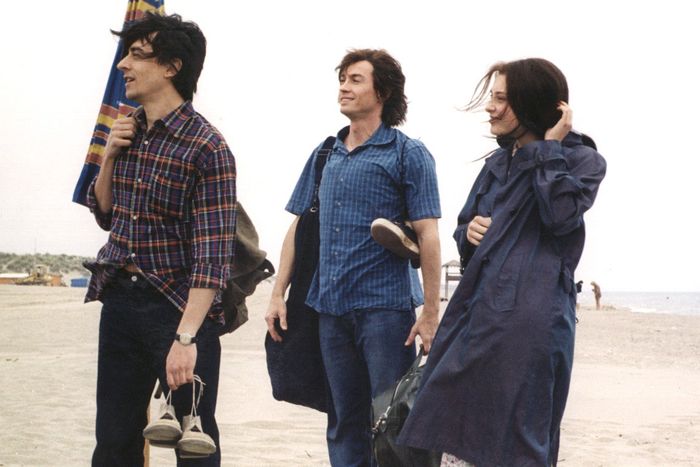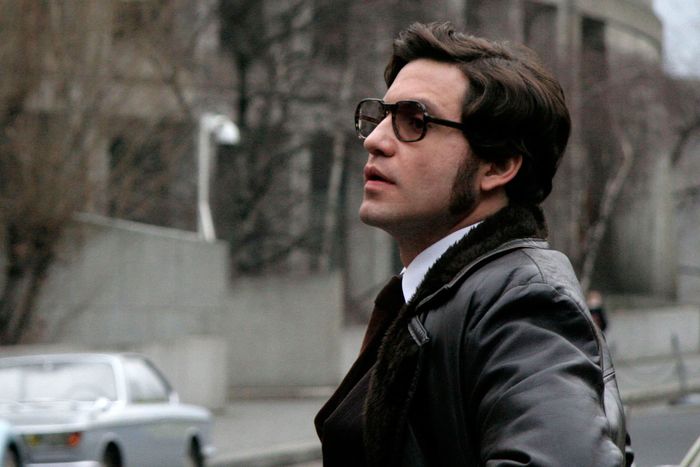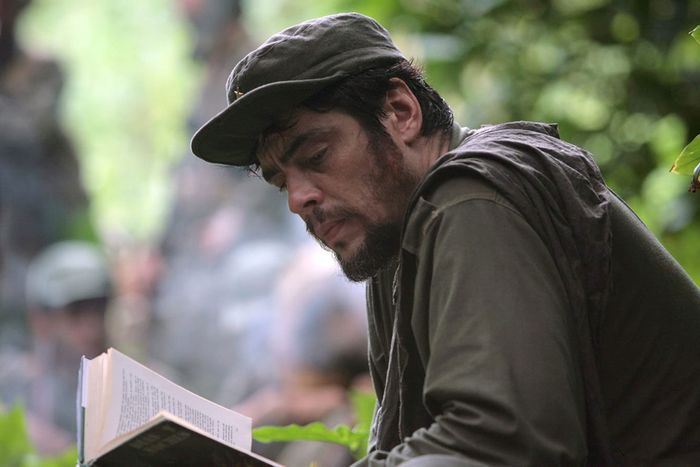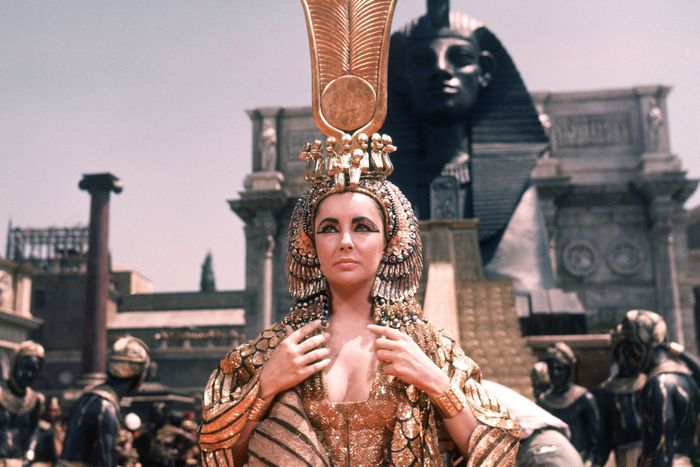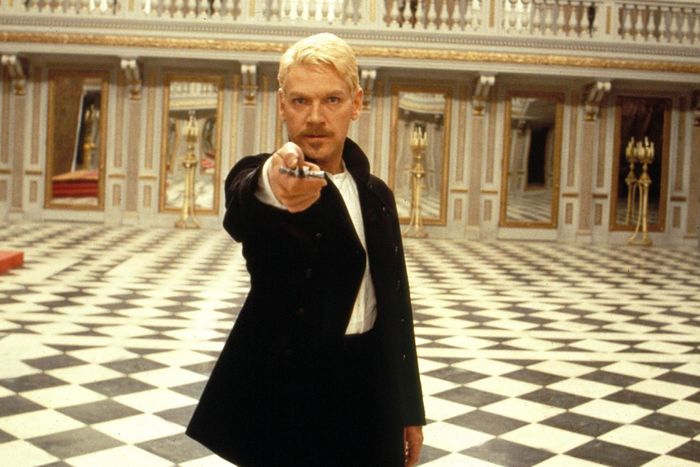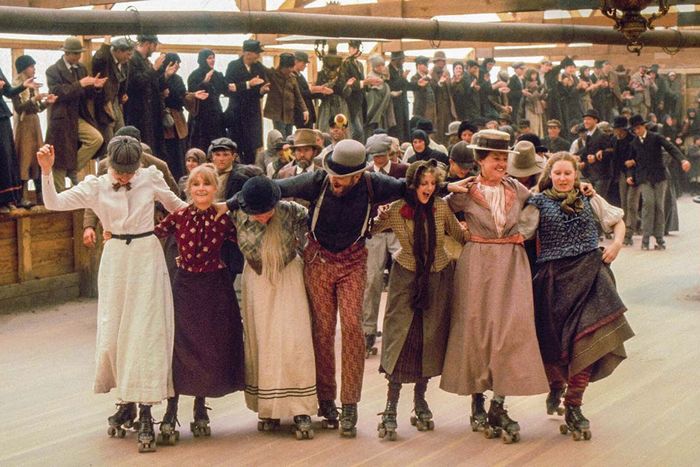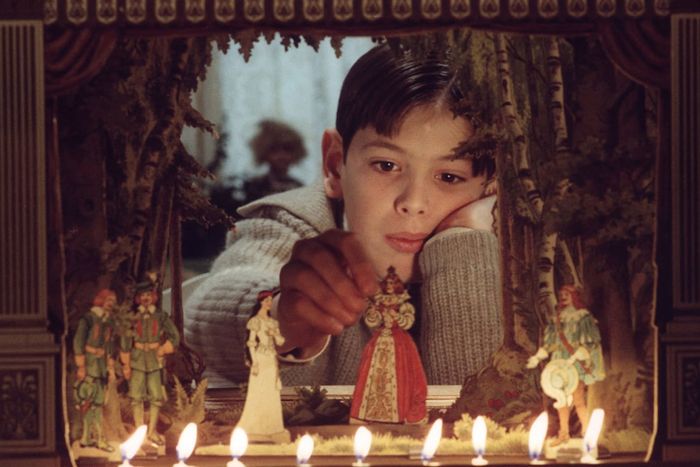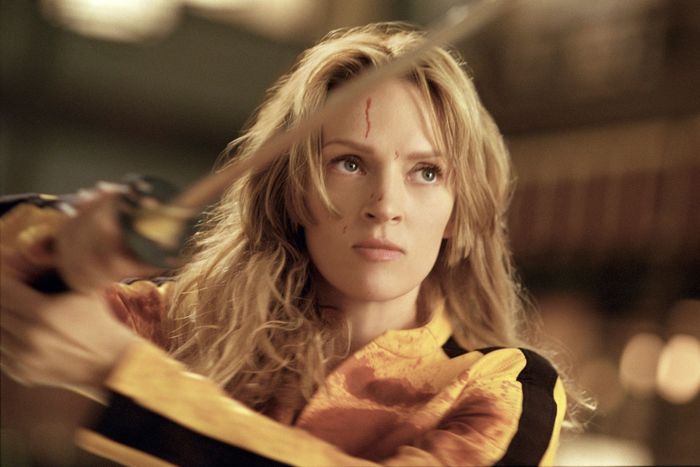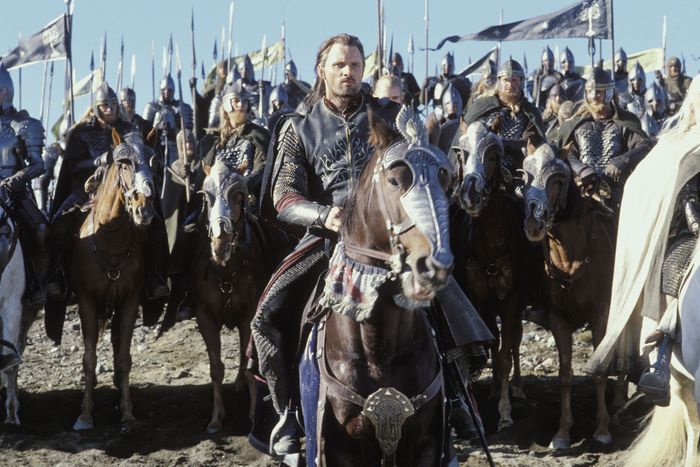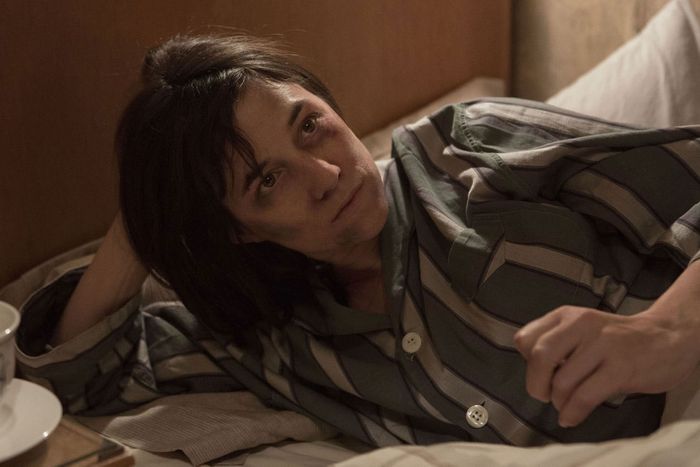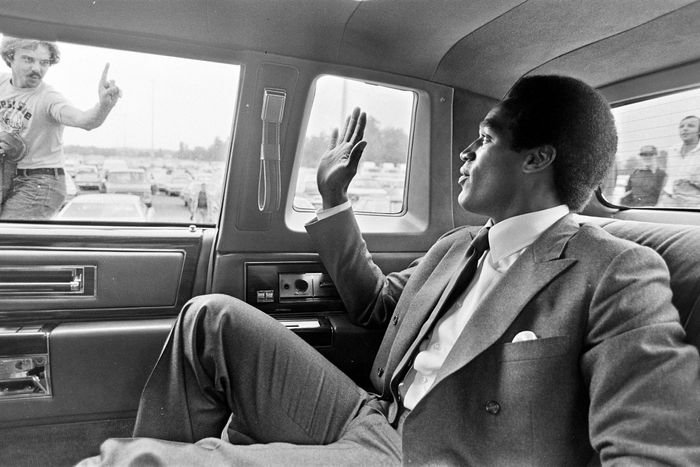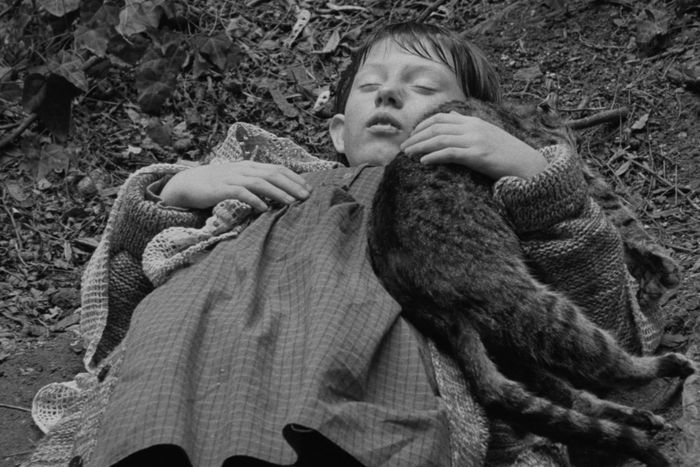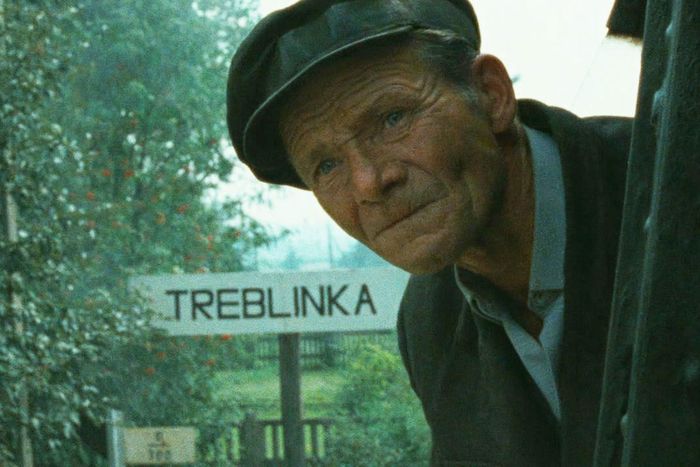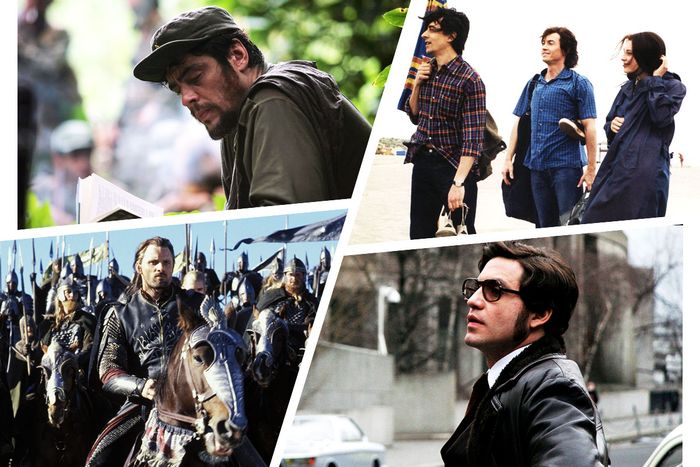
When Justice League was released in 2017, it was supposed to be DC’s answer to Marvel’s highly successful Avengers franchise. But instead of landing with a KA-POW!, Justice League landed with a resounding thud, including a 40 percent critical approval rating on Rotten Tomatoes, grossing $228 million domestically off a whopping $300 million budget. Something had clearly gone wrong; the question was, where? Was the film that Zack Snyder set out to make irredeemable? Or was it bungled when Snyder was replaced by his tonal antonym, Joss Whedon?
We’ll find out this Thursday, when the mythic Snyder Cut of Justice League is released on HBO Max. And lest you doubt the Snyder Cut is pure, unadulterated Snyder, consider that the run time exceeds four hours. Which, sure, if four hours of caped crusaders being treated with the dark seriousness of a Soviet winter isn’t your jam, trust us, we understand! But don’t be put off by the length alone. If the Snyder Cut is an artistic success (…), it won’t be the first movie that was made better by being stretched out like a Laffy Taffy. Actually, something funny often happens when a movie goes past four hours: It becomes epic. A thing of legend, for good or for bad. A part of a cinephile’s curriculum, even if it’s the part you lie about forever.
While it’s worth stating clearly that two hours is plenty long for most films, if you can sit still through Snyder’s Justice League, you might also enjoy spending an entire day with these 13 films.
The Best of Youth (2003)
There have been, give or take, a million adaptations of novels into motion pictures, but few are able to maintain the sweep and scale of their source material in the conversion (that’s usually the domain of TV). One of the rare films that does approximate the sensations of a great novel is one that was actually never a novel at all: Marco Tullio Giordana’s beloved Italian historical drama, The Best of Youth. Giordana’s film, clocking in at over six hours long, spans generations — taking us from 1966 to 2003 — in the lives of the Carati family, and in so doing reflects on the biggest historical events in Italy during those years. Come for a journey through Italy (characters traipse through Rome, Turin, Florence, Palermo, as well as Norway) and stay because, well, you probably won’t want to leave. (Currently unavailable to stream.)
Carlos (2010)
A sprawling, violent historical thriller about famed terrorist Carlos the Jackal, Olivier Assayas’s Carlos was quite the departure from his prior masterpiece, Summer Hours, a quiet sibling drama set in the French countryside. But Assayas didn’t disappoint with Carlos, crafting a classic in its own right. The film earned its long run time with exciting action, yes, but also with stellar performances (hello, Édgar Ramirez!) and a critical, yet nuanced depiction of its protagonist. (Available to stream on The Criterion Channel and to rent on iTunes and Amazon.)
Che (2008)
If there’s a through-line to Steven Soderbergh’s career, it’s precision and ambition. Even his smallest movies are made as solutions to complex problems. But there’s nothing small about the 268-minute Che Guevara biopic Che, which if not Soderbergh’s most ambitious film, is certainly in the top few (right up there with Traffic). You might take issue with Soderbergh’s — and screenwriter Peter Buchman’s — depiction of Che the man, but as an act of pure filmmaking, Che the movie is undeniable. (Available to stream on The Criterion Channel and Sling TV and to rent on iTunes and Amazon.)
Cleopatra (1963)
I imagine that when it was released, Joseph Mankiewicz’s (no, not that Mank, but his brother) Ancient Egypt period piece was transportive for viewers — a thrilling glimpse at life on the Nile once upon a time. Today, it’s still transportive, just in a different way: Cleopatra is a thrilling window into old Hollywood. Elizabeth Taylor, at peak fame, plays Cleopatra, as she tries to stave off Rome’s imperial ambitions. Cleopatra was the most expensive movie ever made at the time of its release, and it shows in the elaborate sets and in the star power (Rex Harrison is Julius Caesar, Richard Burton is Mark Antony). (Available to stream on Cinemax and to rent on iTunes, Amazon, YouTube, and Google Play.)
Hamlet (1996)
When adapting a famous text, there’s always a question of how faithful to be to the original. Though Kenneth Branagh used the full text of Shakespeare’s iconic play, he took his share of liberties with Hamlet, setting the film in the 19th century, and using film tools like flashback and lighting to cast his own interpretation on Shakespeare’s words. Shakespeare stan or not, Branagh’s is a compelling take on the classic. (Available to rent on iTunes, Amazon, YouTube, and Google Play.)
Heaven’s Gate (1980)
After the notoriously long Deer Hunter, Michael Cimino doubled down on bladder-torturing cinema. But where Deer Hunter is nearly universally acclaimed, Heaven’s Gate, a Western that follows a dispute between land barons and European immigrants in 1890s Wyoming, is much more polarizing. Some argue that Heaven’s Gate is the worst film ever made; others argue that it is one of the absolute best. You can judge for yourself, but be mindful of which cut you watch. (Available to rent on iTunes and Amazon.)
Fanny and Alexander (1982)
Ingmar Bergman’s autobiographical period drama, which follows a family in early 20th-century Sweden, is one of the legendary director’s most beloved films. In his 1983 review, critic Vincent Canby wrote that it “has that quality of enchantment that usually attaches only to the best movies in retrospect.” That’s true of both the abridged theatrical version and the longer, made-for-TV (and eventually released as a movie) version. With Fanny and Alexander, you can’t go wrong. (Available to stream on HBO Max and to rent on iTunes and Amazon.)
Kill Bill (2003/2004)
Okay, yes, there is technically a Kill Bill: Vol. 1 and a Kill Bill: Vol. 2. And yes, they were originally separated by six months, a set of closing and opening credits, and two DVDs (physical media! How quaint!). So why do the two Kill Bills count as a single movie where other original-sequel pairings don’t? If you ask Quentin Tarantino, it’s because Kill Bill was written and shot to be a single movie, and was only split in two during post-production. If you ask me, it’s because Quentin Tarantino said so — and that’s good enough. Though the split was a smart choice in hindsight — four hours is too long 99 percent of the time — the combined Kill Bill is one of the rare four-hour plus movies that packs enough action to ensure you’ll never be bored. On the other hand, if you watch the two halves together, be forewarned that your brain may begin to process blood as a meaningless red liquid that sprays from punctured limbs like a geyser. (Available to stream on HBO Max and to rent on Amazon, YouTube, and Google Play.)
Lord of the Rings: The Return of the King (Extended Edition) (2004)
If you didn’t want the Lord of the Rings movies to ever end, well, Peter Jackson delivered the next best thing with his conclusion to the series: a four hour-plus epic. Though Return of the King has all the hallmarks of a standard big-budget fantasy flick — elaborate battles, loads of CGI, a plot centered around the war between good and evil, straight white-guy heroes — it also pushed the bounds of what one of these movies could be. Its ending was somber, its tone dark, and its characters — Gollum, in particular — complex. Not to mention, the length — I like to imagine that Jackson’s reply to any exec who told him his film needed to be shorter was a devious, “My precious.” (Available to stream on HBO Max and to rent on iTunes, Amazon, YouTube, and Google Play.)
Nymphomaniac (2013)
Granted, four hours of Nymphomaniac is a lot of sex and a lot of Lars von Trier for one sitting. But in spite of Nymphomaniac’s having been broken up into two volumes, it’s clearly a narrative that’s meant to be watched as one continuous movie. Just, you know, buckle your seatbelts and prepare for an uncomfortable ride. (Available to stream on Sling TV and to rent on Amazon.)
O.J.: Made in America (2016)
The longest film in ESPN’s 30 for 30 catalogue is also hands down the best. Despite American culture having been saturated with O.J. Simpson mania for decades, director Ezra Edelman was able to flesh out the provocative halfback’s story in new ways, and in so doing, tell a story that’s much bigger than Simpson himself — about race, class, celebrity, sports, and America. (Available to stream on Hulu and Sling TV and to rent on iTunes, Amazon, YouTube, and Google Play.)
Sátántangó (1994)
Based on Hungarian writer László Krasznahorkai’s 1985 novel, Béla Tarr’s film is about life after the collapse of communism. It’s shot in black-and-white, its guiding motif is devastation, and Tarr paces the film such that its seven-hour run time can feel like 14. A bundle of fun? Not so much. A challenging, yet enriching exercise to be conquered? Sure. (Available to stream on The Criterion Channel.)
Shoah (1985)
If you can stomach nine-plus hours of excruciating testimony from survivors, witnesses, and perpetrators of the Holocaust, Claude Lanzmann’s widely acclaimed (though famously not by Pauline Kael) documentary is worth your time. You’ll learn, you’ll cry, and you’ll think a lot about humans’ capacity for evil, as well as our resilience in the face of unthinkable tragedy. But maybe wait until after the pandemic to watch it. (Available to rent on Vudu.)
(If you subscribe to a service through our links, Vulture may earn an affiliate commission.)


